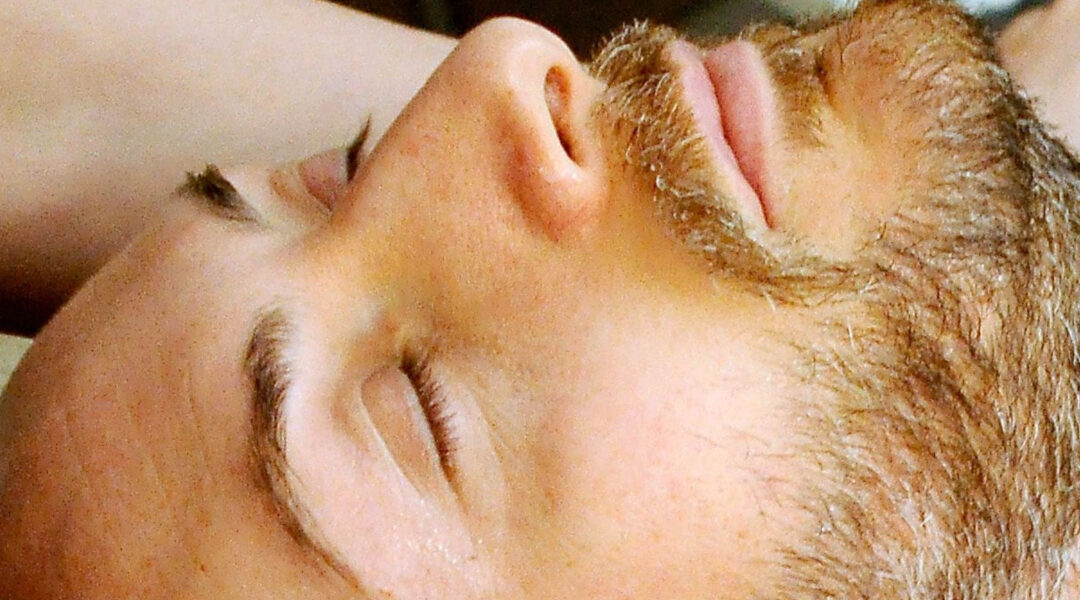Hair loss can be a distressing experience for many individuals, impacting their self-esteem and overall well-being. In recent years, a cutting-edge innovation known as microneedling has emerged as a promising solution to address hair loss. Let’s delve into the science behind microneedling for hair restoration, how it benefits those experiencing hair loss, and what you need to know about this groundbreaking technique.
Understanding Microneedling for Hair Loss:
Microneedling, also known as collagen induction therapy, is a minimally invasive procedure that involves the use of a device equipped with fine needles. These needles create micro-injuries in the scalp’s skin, stimulating the body’s natural healing process and triggering the production of collagen and elastin—the essential building blocks of healthy hair and skin.
How Microneedling Works for Hair Loss:
Microneedling for hair loss follows a straightforward yet highly effective process:
- Micro-Injuries: The microneedling device creates tiny punctures in the scalp’s skin, prompting a controlled healing response.
- Collagen Production: In response to these micro-injuries, the body ramps up collagen production in the treated area. Collagen is crucial for maintaining the structural integrity of hair follicles.
- Improved Blood Circulation: The micro-injuries also increase blood flow to the scalp, ensuring better nutrient and oxygen supply to the hair follicles.
- Activation of Dormant Follicles: One of the key benefits of microneedling is its potential to activate dormant hair follicles, encouraging them to start producing new hair.
Benefits of Microneedling for Hair Loss:
- Non-Invasive: Microneedling is a non-surgical procedure, meaning there is no need for incisions, stitches, or downtime. Patients can typically resume their daily activities immediately after the treatment.
- Minimal Discomfort: While microneedling may cause mild discomfort, it is generally well-tolerated and less painful than some other hair restoration methods.
- Effective for Various Types of Hair Loss: Microneedling can be beneficial for individuals experiencing different types of hair loss, including androgenetic alopecia (male or female pattern baldness) and alopecia areata.
- Collagen Stimulation: Apart from hair regrowth, microneedling can improve overall scalp health by stimulating collagen production, leading to better skin quality.
- Safe and Well-Tolerated: Microneedling is considered safe when performed by a trained professional, with minimal risk of complications.
What to Expect During Microneedling:
Before the procedure, a topical numbing cream is applied to the scalp to minimize discomfort. The microneedling device is then gently passed over the affected areas of the scalp. Afterward, patients may experience some redness and mild swelling, which typically subside within a few days.
Multiple Sessions May Be Required:
While some individuals may notice improvement after a single session, multiple sessions are often recommended to achieve optimal results. The exact number of sessions required can vary depending on the severity of hair loss and individual response to treatment.
Consultation with a Professional:
If you’re considering microneedling for hair loss, it’s crucial to consult with a dermatologist or a trained specialist who can evaluate your specific needs, discuss potential benefits and risks, and create a personalized treatment plan tailored to your condition.
Microneedling is a cutting-edge innovation in the field of hair restoration that offers hope to individuals experiencing hair loss. By stimulating collagen production, improving blood circulation, and activating dormant follicles, microneedling can promote hair regrowth and enhance scalp health. Its non-invasive nature, minimal discomfort, and effectiveness for various types of hair loss make it an appealing option for those seeking to address their hair loss concerns and regain their confidence. If you’re considering microneedling, consult with a qualified professional to determine if it’s the right treatment for you.

